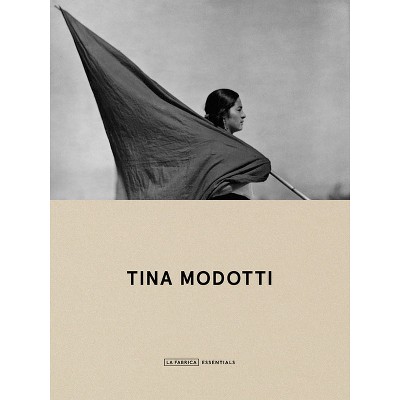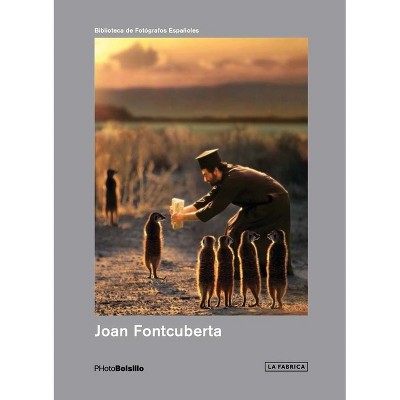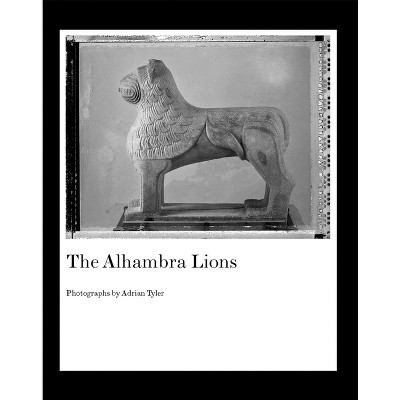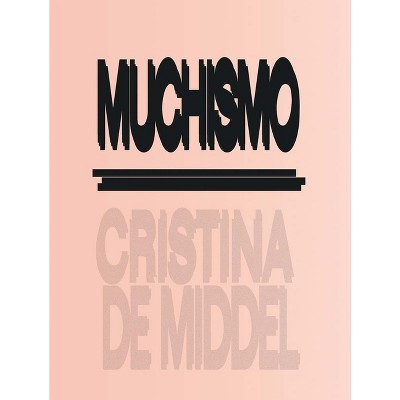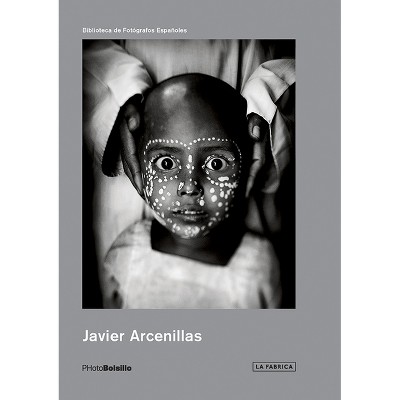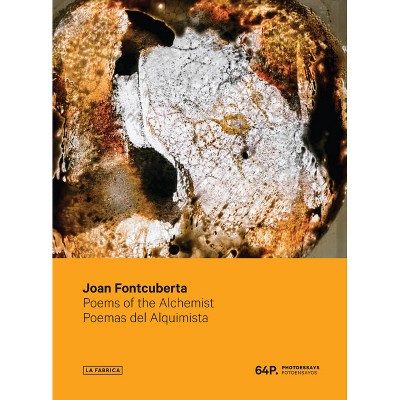About this item
Highlights
- Between politics and form: the life and work of Tina Modotti The apt subtitle of this award-winning biography, Photographer & Revolutionary, sums up the creative tensions that characterized Tina Modotti's life and brief photographic career.
- 288 Pages
- Photography, Individual Photographers
Description
Book Synopsis
Between politics and form: the life and work of Tina Modotti
The apt subtitle of this award-winning biography, Photographer & Revolutionary, sums up the creative tensions that characterized Tina Modotti's life and brief photographic career. Active as a photographer for only nine years, Modotti was pulled between formal and social concerns. Producing striking modernist compositions of everyday objects, photojournalism of poverty and conflict, and portraits of celebrities and common people alike, Modotti balanced political concerns with formal rigor.
First published in 1993 and long out of print, Tina Modotti: Photographer & Revolutionary is the definitive portrayal of Modotti's life and work. Few photographers are more deserving of a biographical treatment than Modotti, whose work as an actress and artist's model introduced her to Edward Weston, who was to become her lover. Soon after she arrived in Mexico City with Weston, Modotti became increasingly politicized, working for the communist newspaper El Machete and establishing herself as the go-to photographer for the Mexican Muralist movement. The book includes extensive archival material, interviews with Modotti's contemporaries and many rare photographs.
Margaret Hooks has written extensively on the life and work of artists, among them Leonora Carrington, Frida Kahlo, Tina Modotti, Max Ernst and Edward James. Her recent writing provides new insight into the relationship and collaborative works of the Surrealist painters Leonora Carrington and Max Ernst.
Review Quotes
Bringing Ms. Modotti out from Mr. Weston's shadow, Ms. Hooks detailed her life as an artist, activist and woman at the height of Mexican muralism, where Bohemia met political revolution through a whirlwind of artistic expression.--Maurice Berger "The New York Times Lens Blog"
Shipping details
Return details
Trending Art, Photography & Design Books







